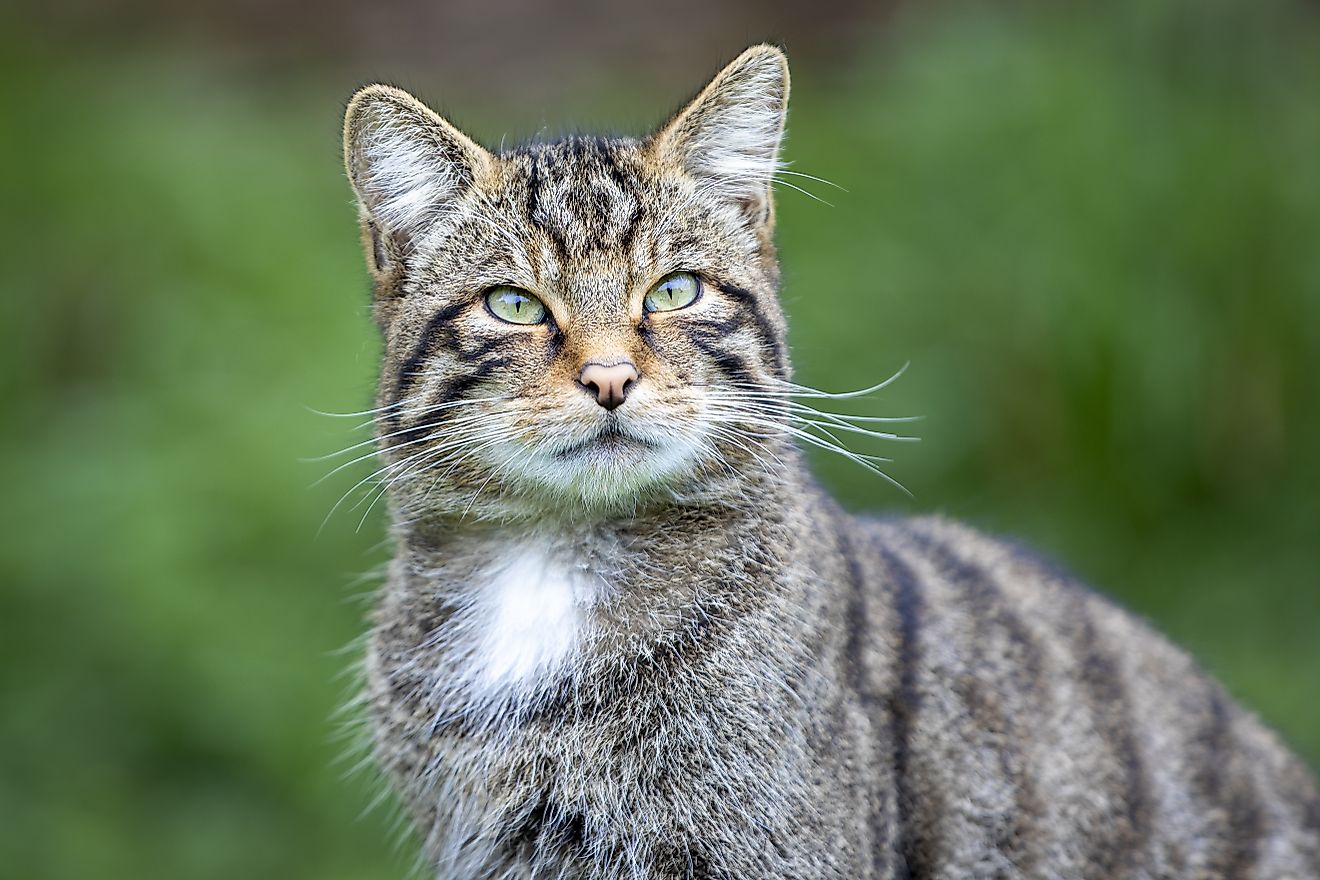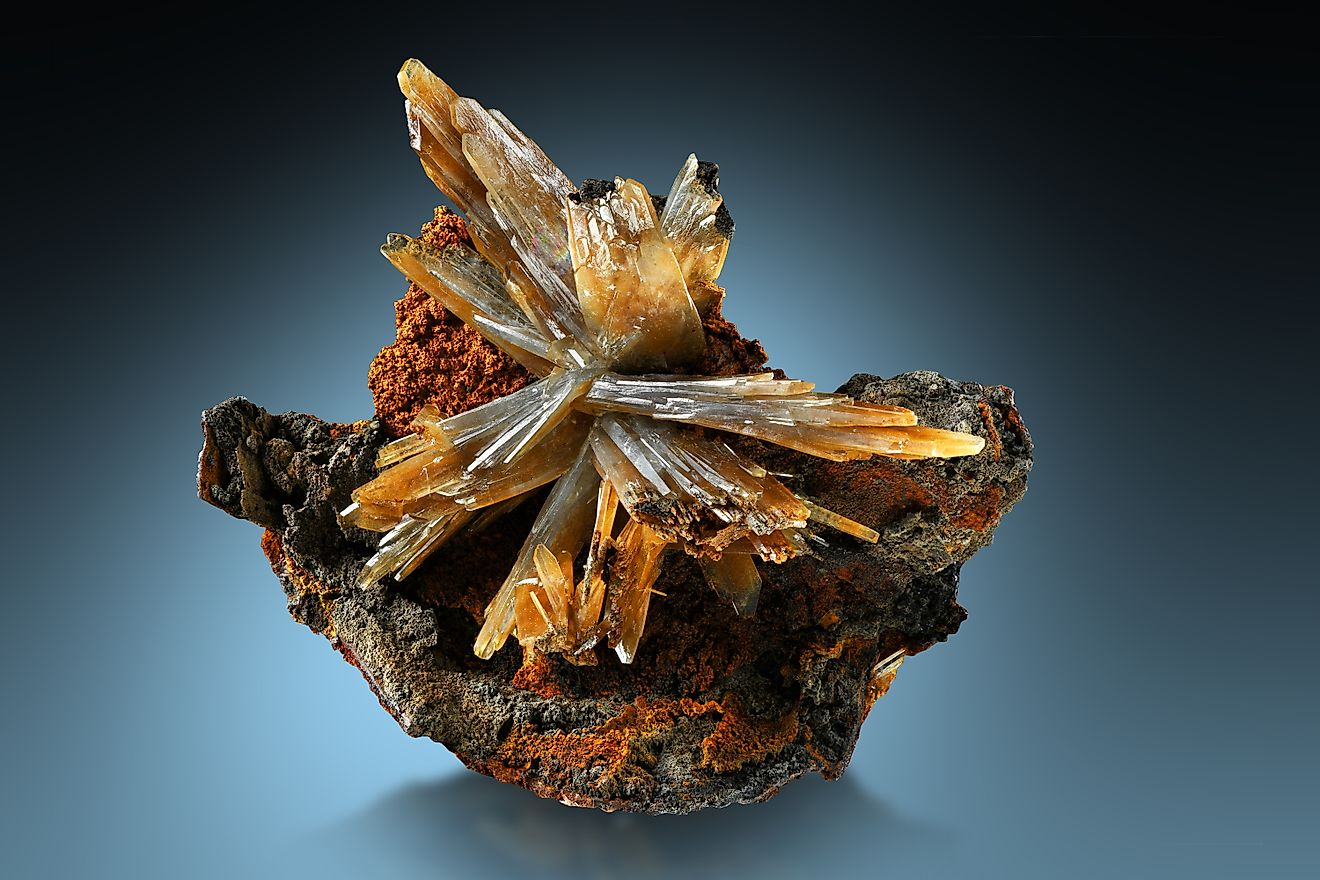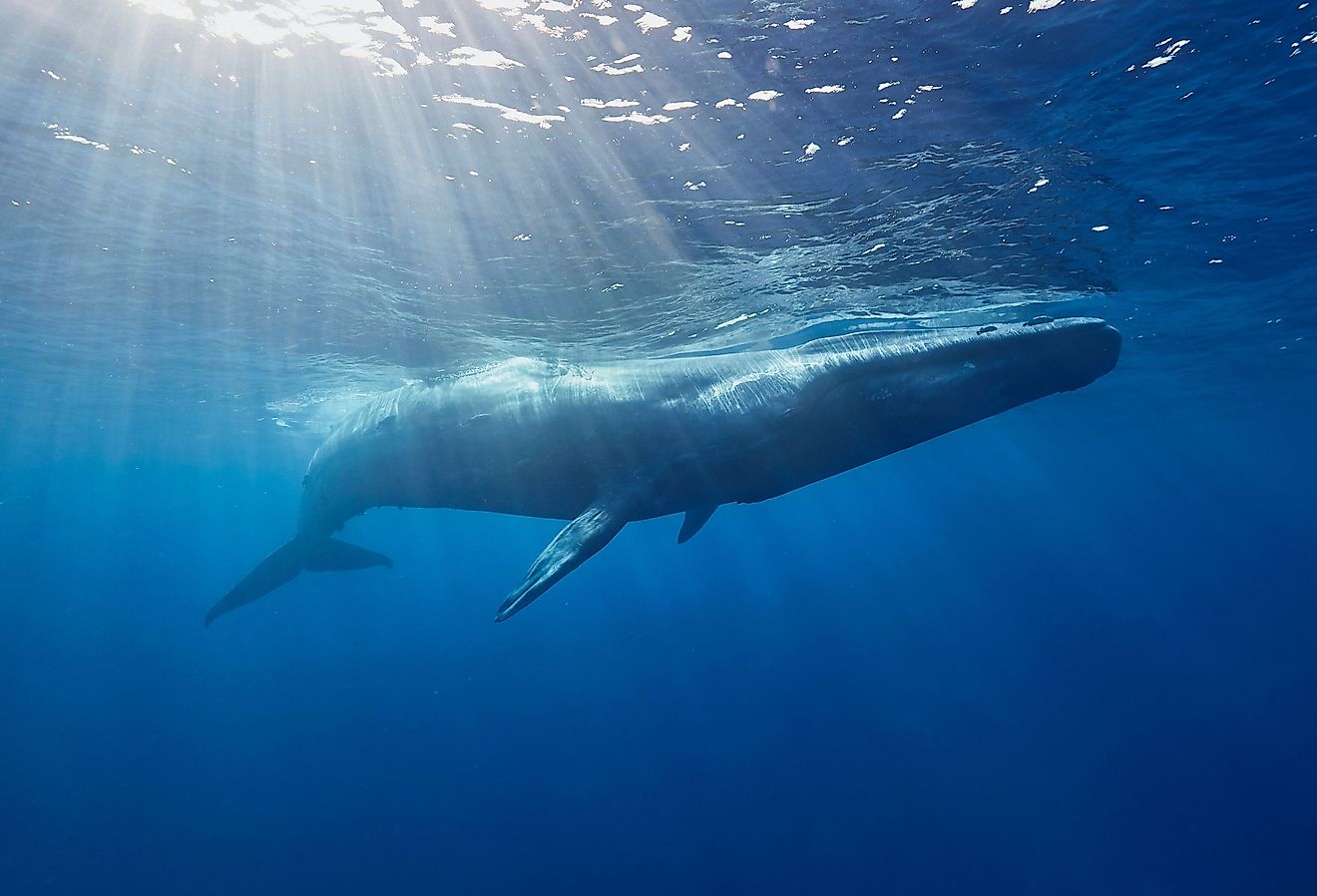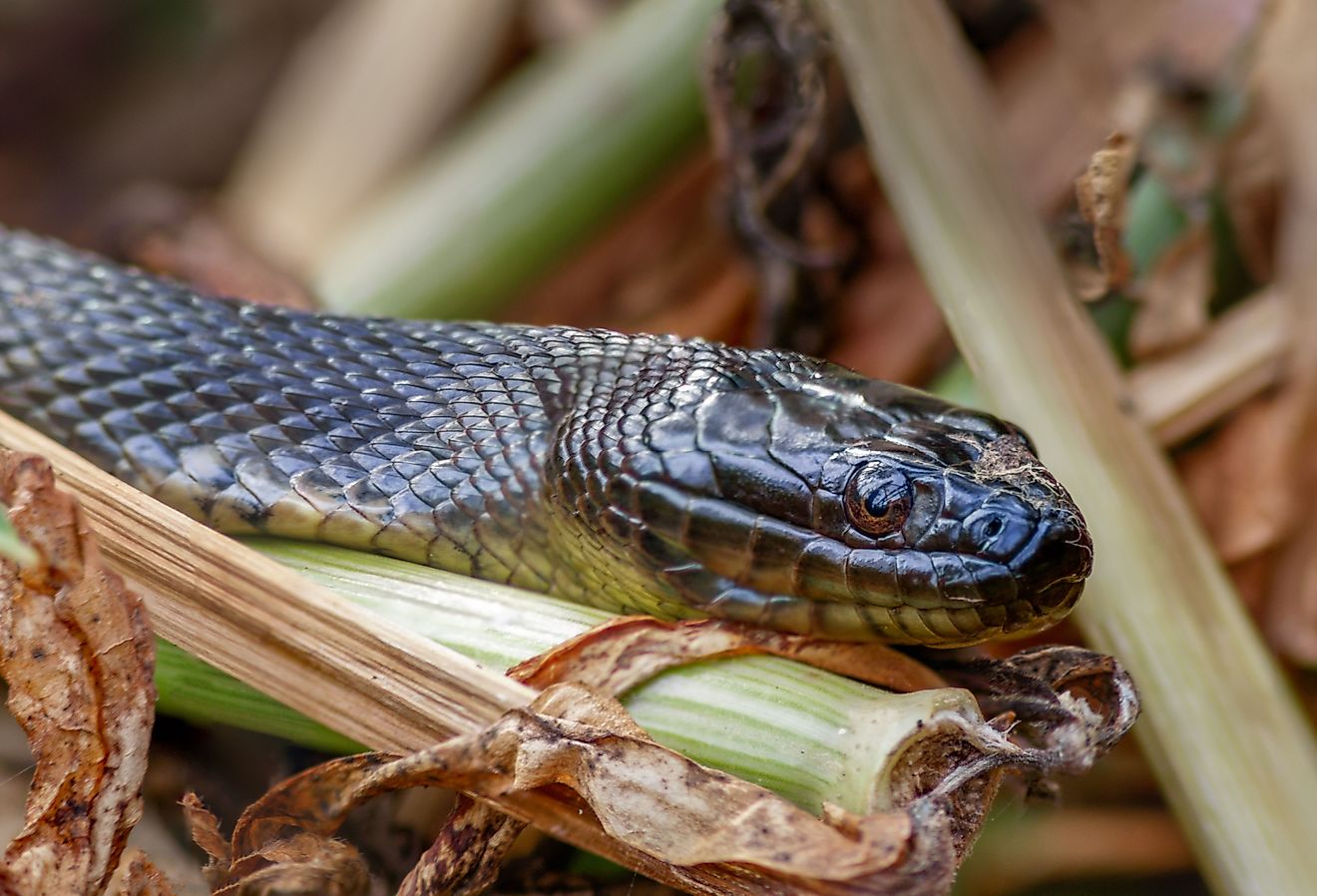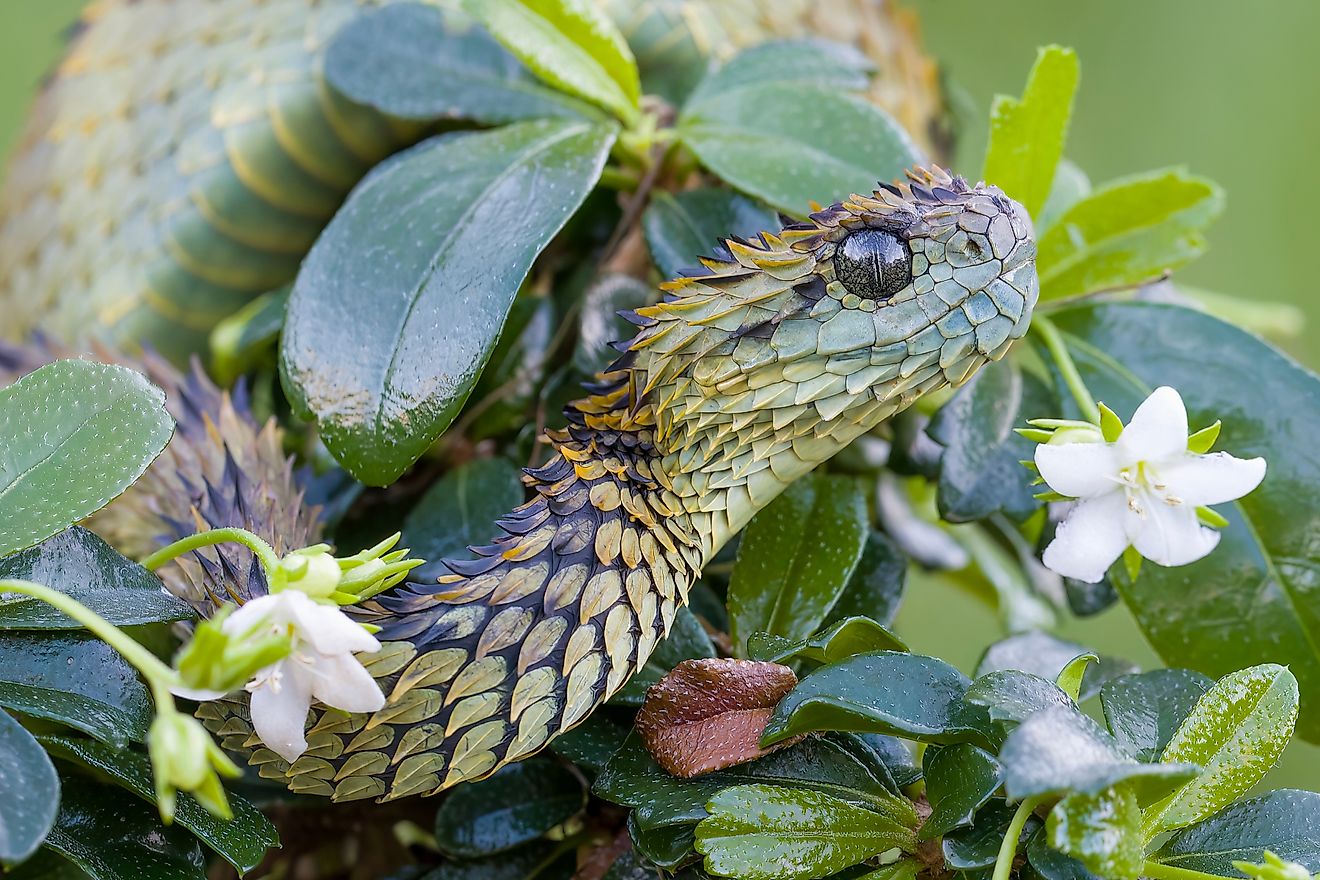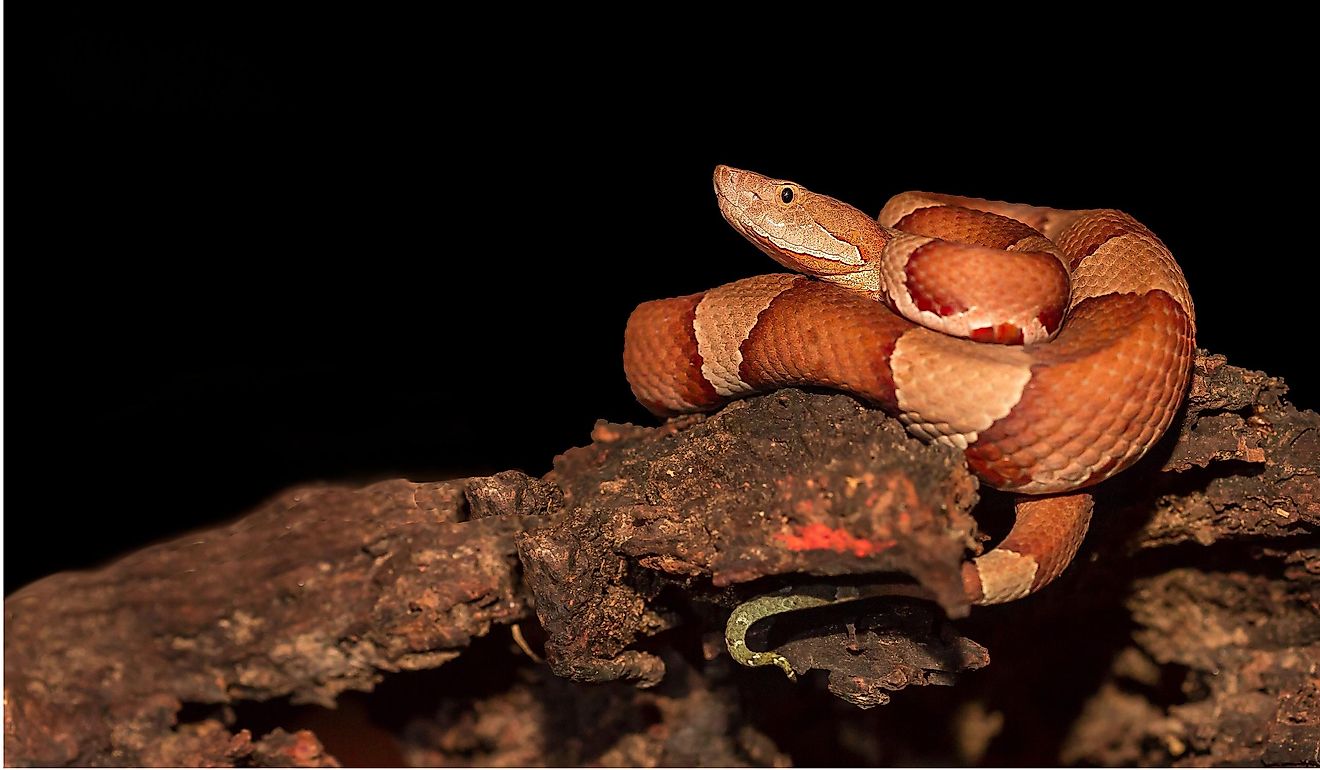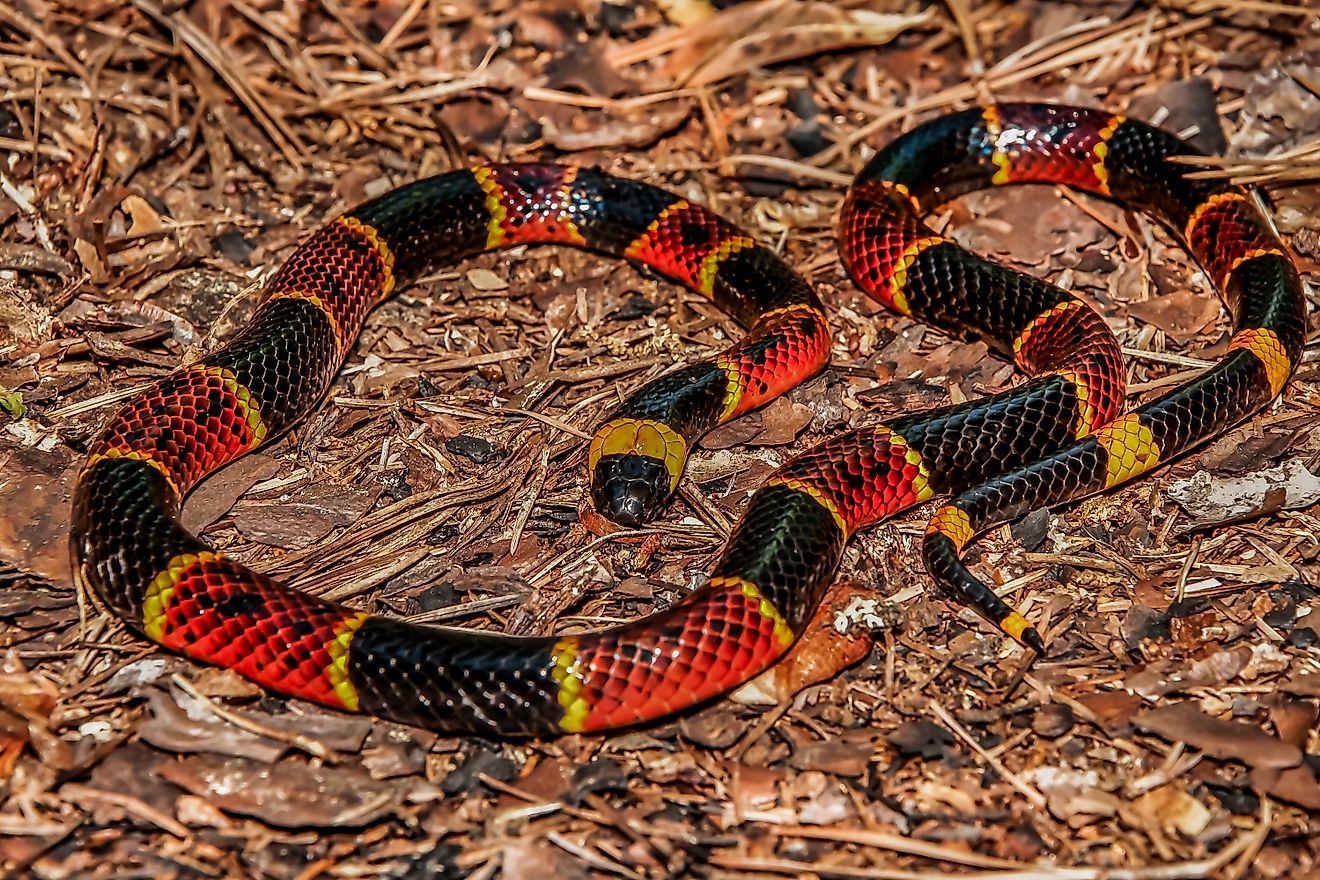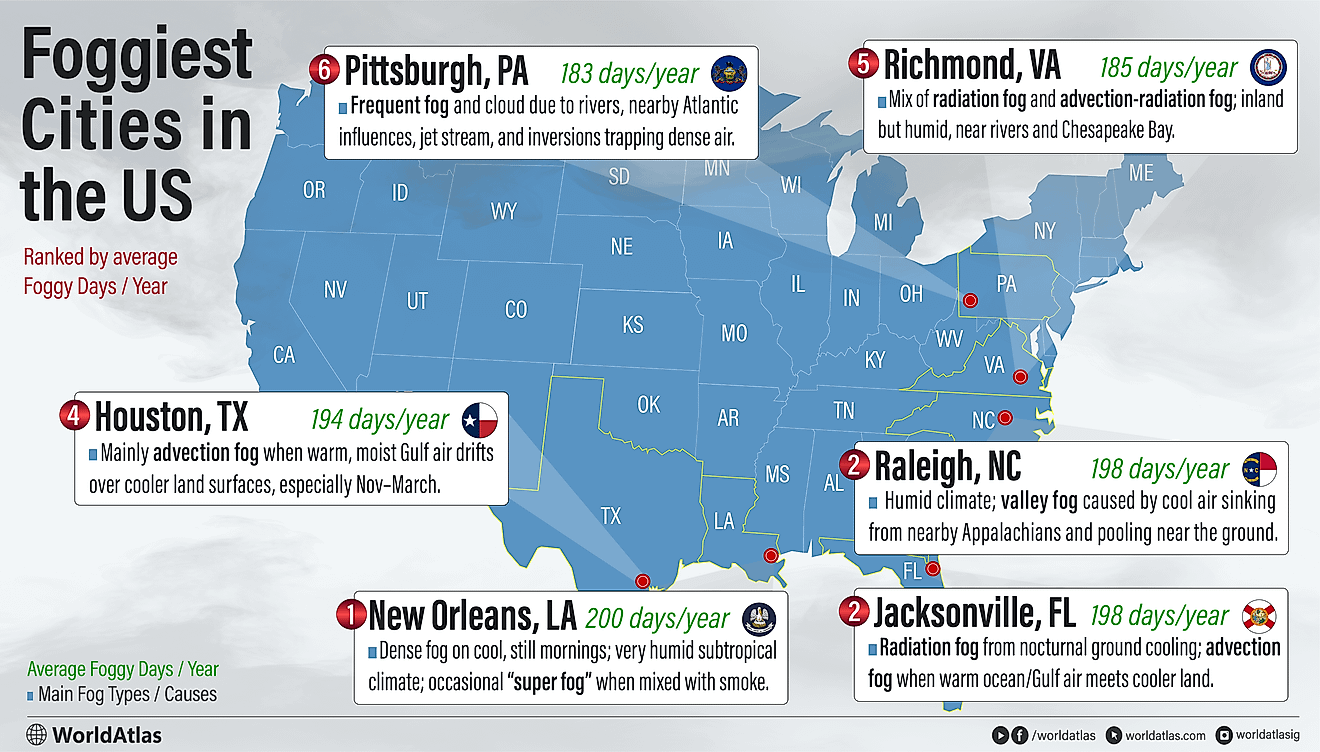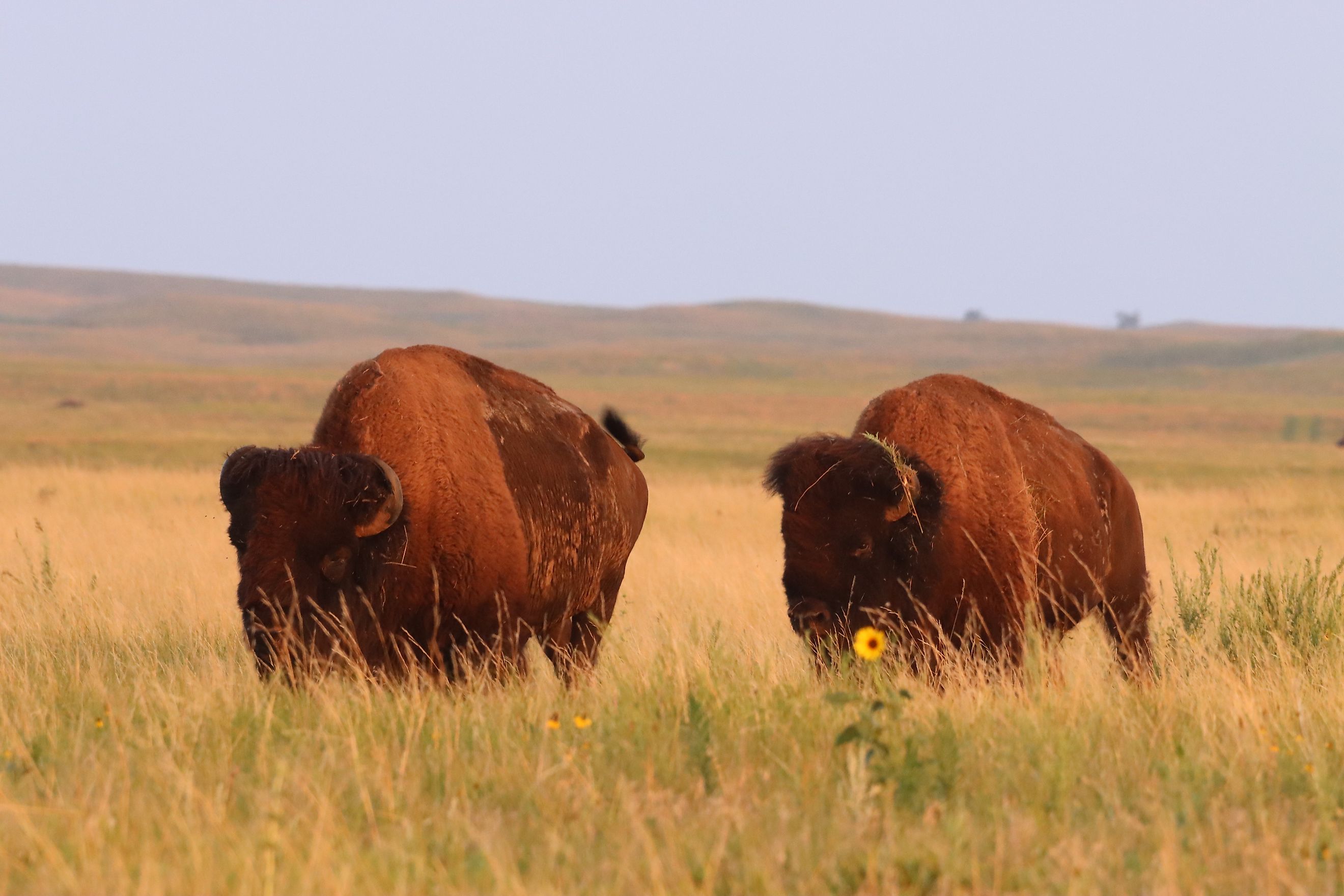
Montana’s Big Sky Icon: The Bison
Big sky country needs a big mascot, so it’s no wonder that the largest terrestrial mammal in the United States, the American Bison, has long been associated with Montana. Also known as buffalo, bison are an iconic animal symbolic of the founding of the American West and now a staple of Montana’s culture and economy.
In fact, Montana is one of the last habitats for American Bison, and they have only survived thanks to careful conservation efforts that rescued them from the brink of extinction. Today, you can see the largest remaining population of the huge mammals at Yellowstone National Park, which is the only place bison have lived continuously.
The History of the American Bison
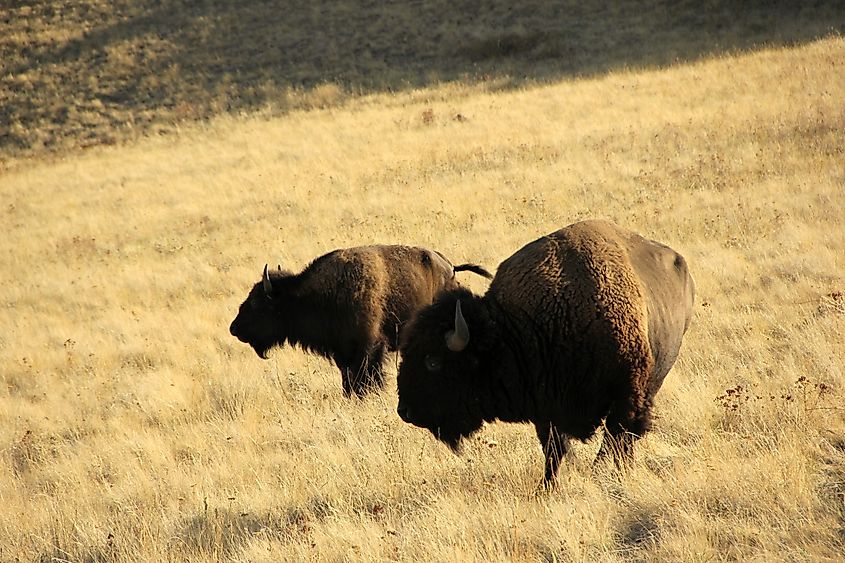
American bison ranging at the National Bison Range in western Montana, established by the petitioning and fundraising of the American Bison Society
Named the National Mammal of the United States in 2016, the country’s connection with the mighty bison goes back centuries to when they roamed all over North America, from Alaska to Mexico. A sacred and important animal to early Indigenous tribes, the bison was used by Native Americans for food, fuel, clothing, and tools.
When European settlers began arriving in the 1800s, bison were pushed out of their habitats and aggressively hunted by the US Army as a way of controlling Indigenous populations. Bison populations steadily dropped from the millions into the hundreds. In 1905, President Theodore Roosevelt established the American Bison Society, co-founded by William Hornaday, after visiting the Dakota Territory and being impressed with the unique animals. The Society created wild bison reserves where populations could be protected and managed. The herd at Yellowstone was central to those efforts. In 1902, there were about two dozen wild bison in the park. In 2024, there were 5,400, including two breeding herds. Exact numbers can vary yearly due to migration, culling, and births.
Symbol of the West
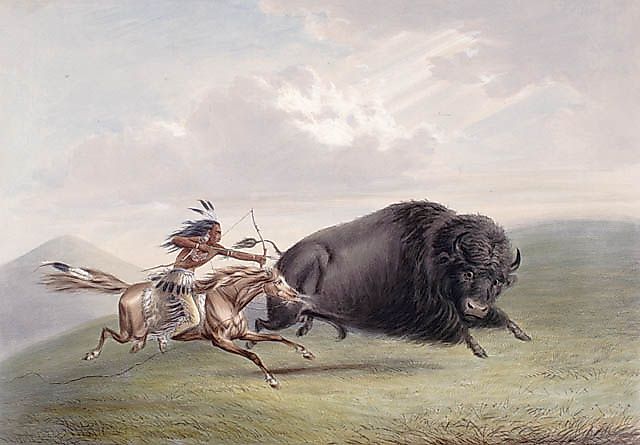
Montana has always been connected closely with its buffalo, the heartland of North America’s wild bison. Buffaloes are a keystone species of the state’s prairie ecosystems, maintaining the health of its grasslands with their grazing habits.
The Indigenous people knew the value of buffalo, relying on them for food, shelter, and other critical resources. American Indians used every part of the animal, making clothing from their hides, soap from their fat, ropes from their hair, and tools from their bones. Because of this interdependence, buffalo were revered as a sacred animal and honored with songs, prayers, and dances.
There is a story familiar to several tribes that tells of a beautiful woman who appears to two hunters, teaching them seven sacred ways to pray and promising to restore harmony to the world. Walking away, the woman rolls on the grass several times, transforming into a white buffalo calf. To this day, the birth of a White Buffalo Calf is considered a very special event in Indigenous communities. It happens rarely.
As well as being a sacred symbol, Bison have become synonymous with the American West. They were well known to the legendary explorers Lewis and Clark, who frequently encountered them as they journeyed east to west. In 1805, Lewis wrote about eating a buffalo breakfast, finding it “very good”. However, the animals could also be a nuisance, with Clark later complaining about bison grunting so loudly he couldn’t sleep.
A mainstay of cowboy culture, bison were essential to early ranchers who often kept buffalo and cattle. They also helped cowboys earn their living, as many learned how to herd and rope from buffalo roundups. The animal was such a feature of frontier life that it has inspired artists, entertainers, and storytellers through the decades, from ‘Buffalo BIll’ Cody to the popular folksong, ‘Home on the Range,’ with its famous line, ‘Give me a home where the buffalo roam’.
Habitat and Habits
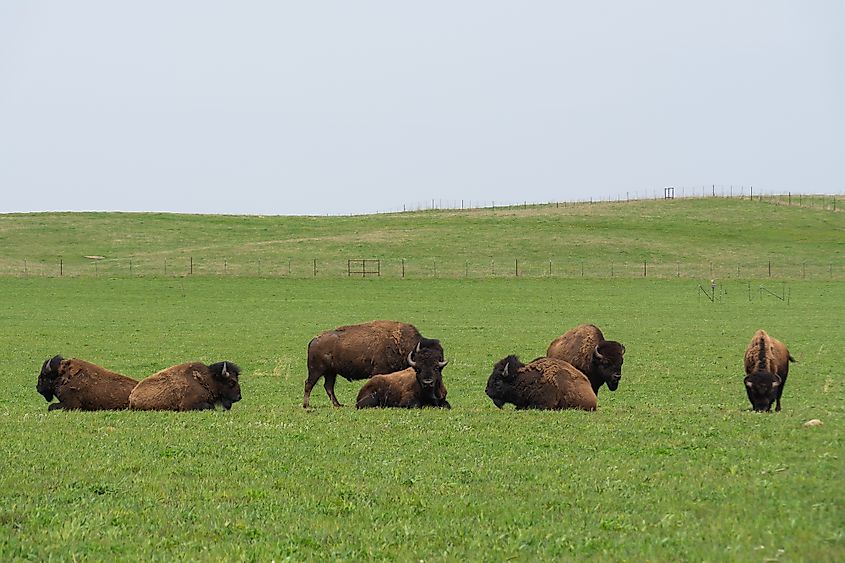
Making a home where the buffalo roam means heading for their preferred open plains, grasslands, and forest habitat. Their range can be quite extensive as they migrate with the seasons, finding the freshest grass and moving to lower elevations in the winter to get away from the heaviest snows. A typical bison will cover about 1,000 miles in one year.
Bison are built for life in Montana. They have a thick coat that protects them from cold temperatures and a large, broad head that they swing from side to side to clear the snow when looking for grass. In the warmer months, bison shed their thick hair by rolling on the ground to loosen the fibres.
Despite their vast size — males can weigh up to 2,000 lbs — bison are surprisingly agile swimmers. They can jump over objects 5 ft high and run 35 miles per hour. Their size protects them from most predators, but they are prey for wolves and grizzly bears.
A Beloved Montana Mascot
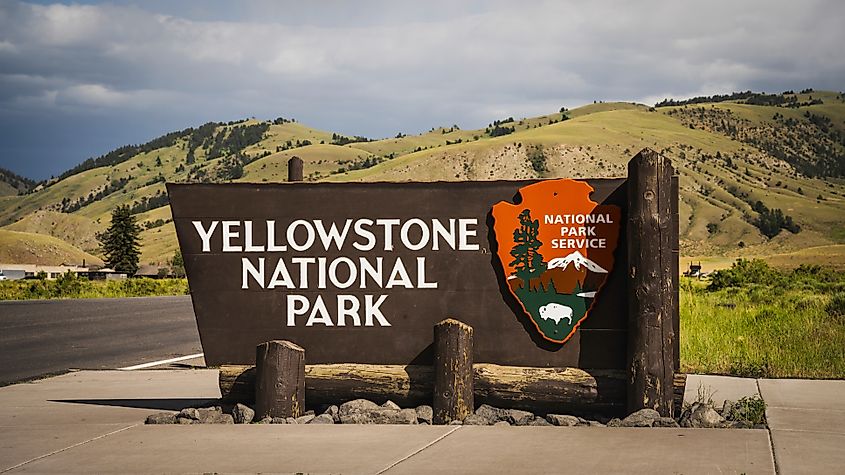
The bison is a remarkable creature and one of Montana's greatest natural wonders. It is an icon of cowboy culture, prehistoric cattle, and a key contributor to plains ecosystems. Head to Yellowstone National Park to see the animals in action, but be careful. Bison are notoriously unpredictable and can spook and stampede quickly. They have injured more people in Yellowstone than any of the park’s other wildlife. It’s best to stay at least 25 yards away from bison, giving them plenty of space. Some park areas where you will likely find them include Hayden Valley, Lamar Valley, Mammoth Hot Springs, and the North Entrance.
Montana’s nomadic grazers are a living embodiment of the state’s rich history and heritage. Saved from extinction and now a key contributor to the environment and economy, the bison symbolizes resilience and hope. Watch for its most prominent residents next time you visit a big sky country.
